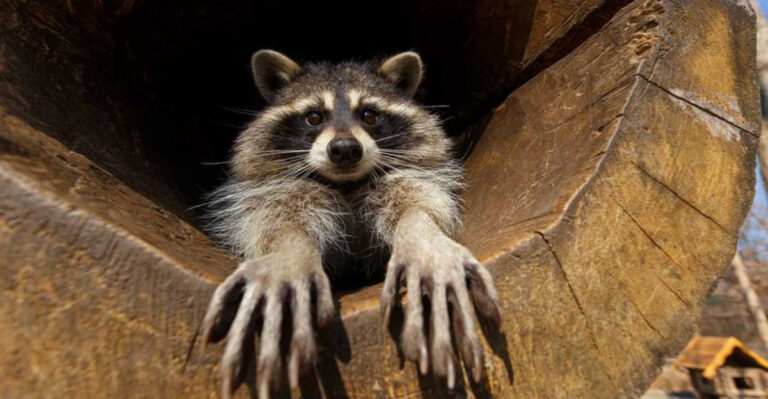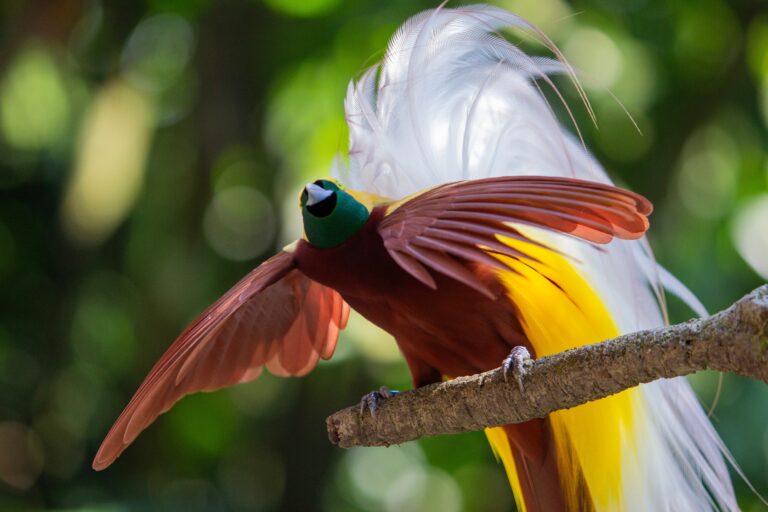Where Do Snakes Live?

Slithering through jungles, deserts, and even oceans, snakes have adapted to thrive in almost every corner of our planet.
These remarkable reptiles have evolved unique strategies to survive in environments ranging from scorching deserts to freezing mountains. Let’s explore the fascinating and diverse places these legless creatures call home.
1. Underground Hideaways
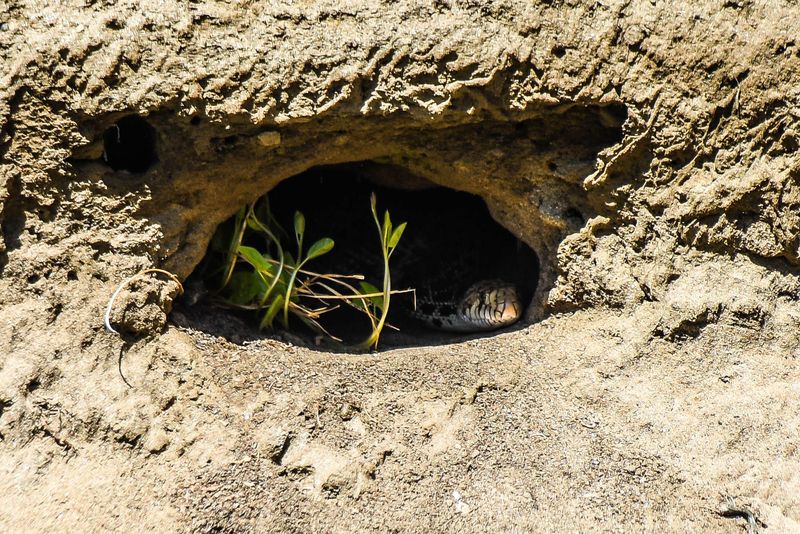
Beneath our feet lies a network of snake sanctuaries! Many species create burrows or use abandoned rodent tunnels as permanent homes or seasonal retreats.
During extreme weather, these underground havens provide perfect temperature control. Some snakes, like the Western Hognose, have specialized upturned snouts specifically evolved for digging through soil with ease.
2. Treetop Dwellers
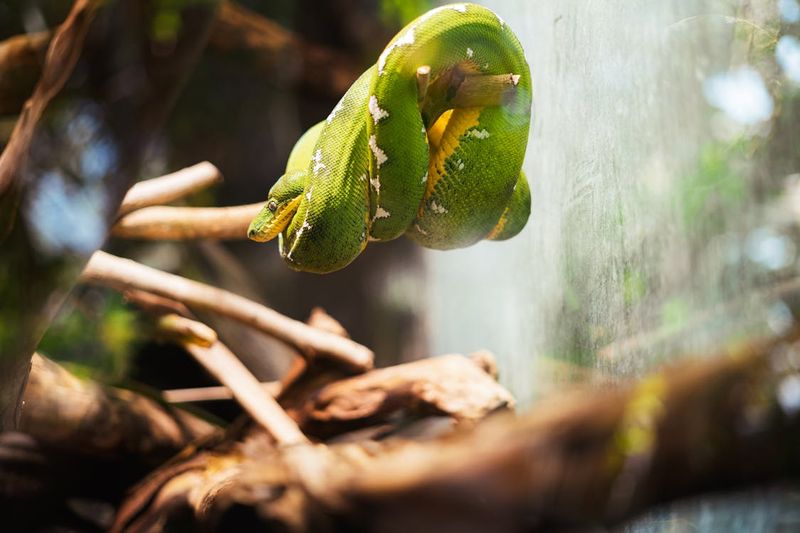
Soaring above the forest floor, arboreal snakes navigate branches with astonishing grace. Green tree pythons and emerald tree boas display remarkable convergent evolution despite living on different continents.
Their specialized bodies include prehensile tails that act like fifth limbs and belly scales modified for gripping bark. These sky-serpents rarely descend to ground level, hunting, mating, and even giving birth entirely in the canopy.
3. Desert Survivors
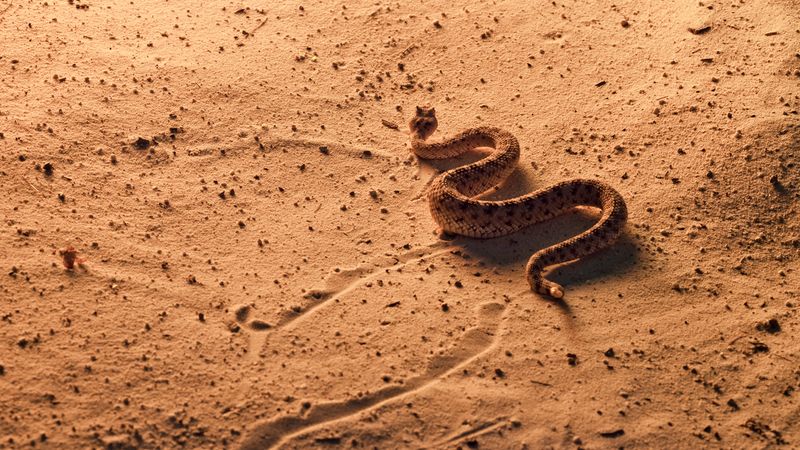
Against all odds, snakes thrive in scorching deserts where temperatures swing dramatically. Sidewinders have evolved a unique lateral movement, minimizing contact with burning sand while leaving distinctive J-shaped tracks.
Many desert species become nocturnal, hunting in cool darkness and sheltering during brutal daylight hours. Their specialized kidneys extract maximum moisture from prey, allowing survival without drinking water for months or even years.
4. Ocean Voyagers
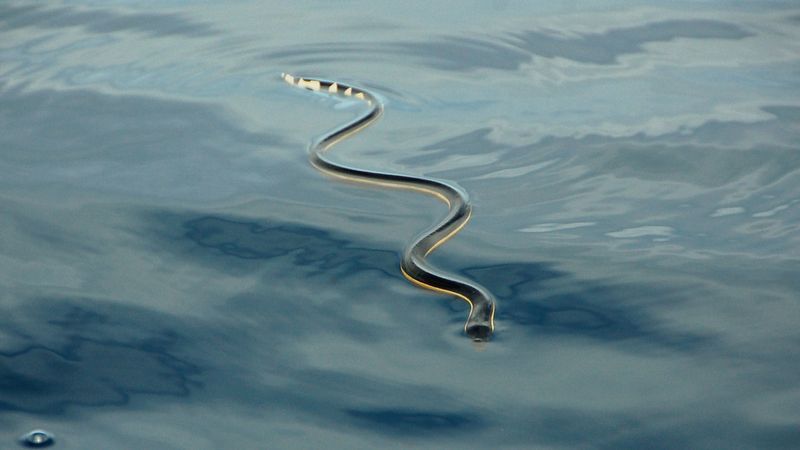
Sailing through tropical seas, sea snakes have evolved flattened paddle-like tails and specialized lung structures for extended underwater hunting. Yellow-bellied sea snakes can drift thousands of miles on ocean currents.
Unlike their land-dwelling relatives, these marine specialists have salt glands that filter excess salt from their bodies. Most sea snakes must occasionally return to the surface to breathe, though they can remain submerged for hours.
5. Mountain Climbers

Defying expectations, several snake species have conquered high-altitude environments. The Himalayan pit viper survives at elevations exceeding 16,000 feet – higher than many permanent human settlements!
These cold-adapted specialists hibernate for up to eight months yearly in rock crevices. Their metabolisms operate at incredibly slow rates, and specialized hemoglobin in their blood extracts oxygen efficiently from thin mountain air.
6. Urban Adapters

Concrete jungles have become surprising snake havens. Rat snakes and garter snakes frequently adapt to city life, making homes in parks, gardens, and even building foundations.
These resourceful reptiles feast on urban pests like mice and rats. Some species, like the common krait in India, have become so comfortable around humans that they occasionally slip into homes during monsoon seasons, seeking shelter from flooding.
7. Wetland Wanderers
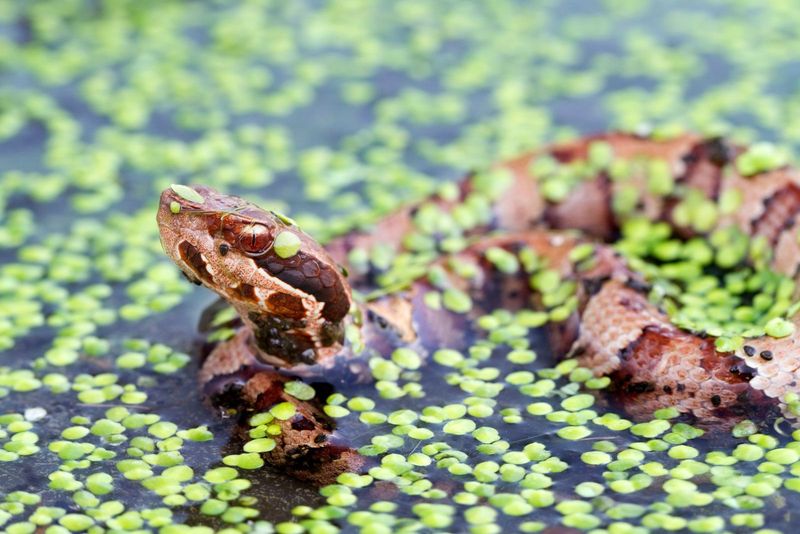
Marshes, swamps and bogs host specialized serpents adapted to semi-aquatic lifestyles. Water moccasins rest on branches overhanging water, ready to drop onto unsuspecting prey swimming below.
Northern water snakes have developed waterproof scales that trap air bubbles, providing insulation in cold waters. Their nostrils and eyes are positioned atop their heads, allowing them to breathe and see while keeping most of their bodies submerged.
8. Cave Dwellers

Far from sunlight, specialized snakes have adapted to permanent darkness. Cave-dwelling species often develop reduced eyesight but enhanced sensory organs that detect minute vibrations and temperature changes.
The Oaxacan cave snake spends its entire life in Mexico’s limestone caverns, hunting blind fish in underground pools. These remarkable reptiles navigate complex three-dimensional cave systems using specialized scale sensors that map their surroundings through touch.
9. Grassland Gliders

Racing through prairie grasses, snakes like the Eastern racer move faster than humans can run! These open-habitat specialists have streamlined bodies and exceptional vision for spotting both predators and prey across vast distances.
Grassland snakes often utilize communal hibernation dens, gathering by the hundreds in winter. The massive Narcisse Snake Dens in Manitoba host over 70,000 red-sided garter snakes each spring – the largest concentration of snakes anywhere on Earth.
10. Island Isolationists

Evolution works magic on island-bound snakes! Isolated from mainland populations, island snakes often develop unique characteristics over generations. The Round Island boa lives exclusively on a tiny speck of land near Mauritius.
Island snakes frequently become either giants or dwarfs compared to mainland relatives. Many lose their venom or develop specialized diets based on limited available prey. The Antiguan racer became so specialized it nearly went extinct when mongooses were introduced.
11. Rainforest Residents

Tropical rainforests host the greatest snake diversity on Earth. From tiny thread snakes barely larger than earthworms to massive anacondas exceeding 20 feet, these ecosystems support extreme specialization.
The Amazon basin alone contains over 200 snake species. Many display vivid warning colors or perfect camouflage. Parrot snakes mimic green vines so convincingly that their prey may perch directly on them, unaware of imminent danger until the disguised predator strikes.





